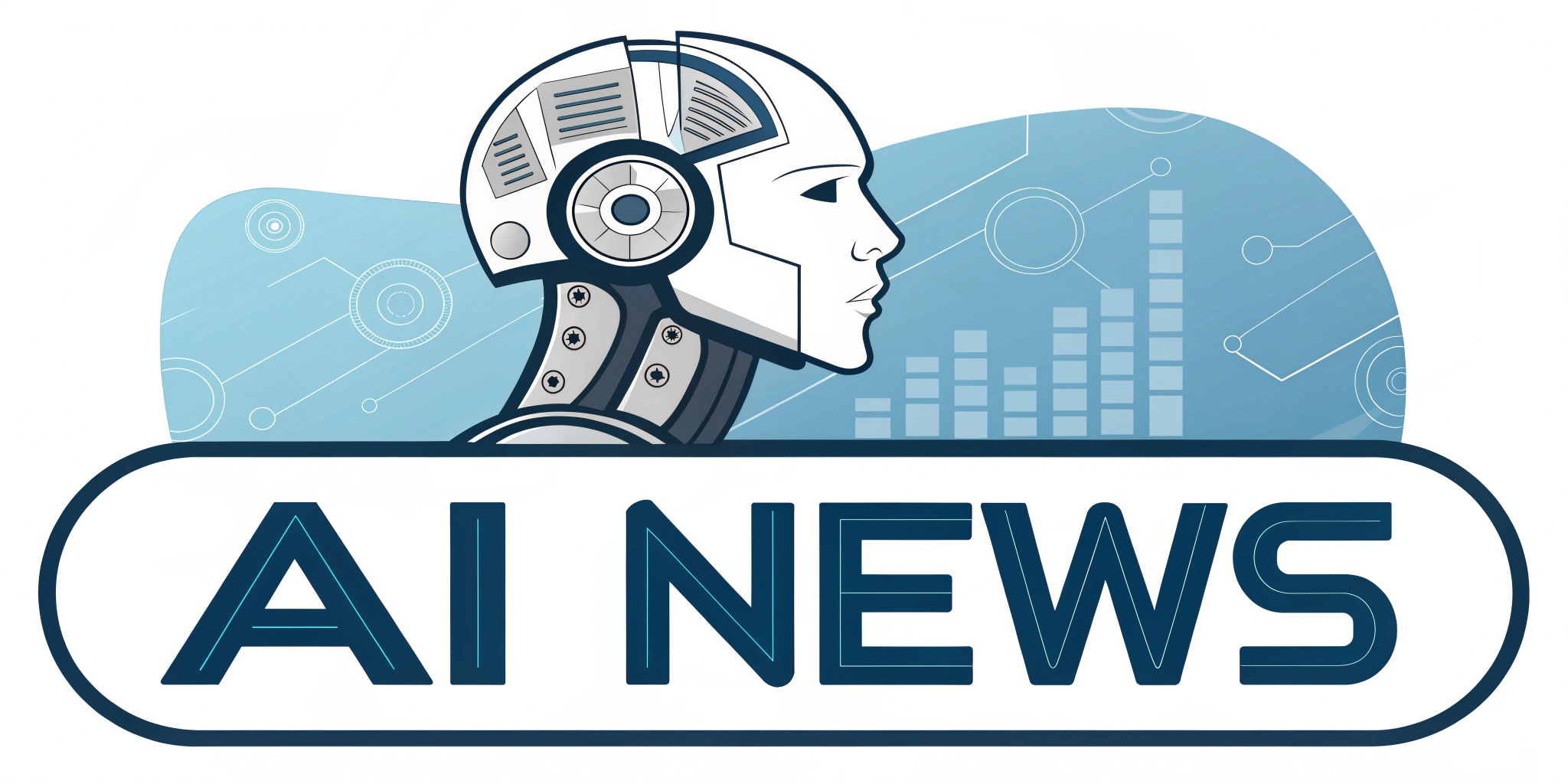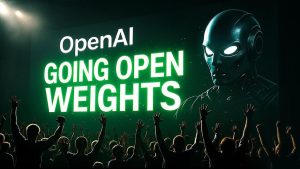In a striking assertion, tech leaders Sam Altman of OpenAI and other industry stakeholders have warned that the race for artificial intelligence development may be at a critical juncture due to mounting legal challenges related to copyright infringement. As AI companies face increasing scrutiny over their data collection practices, the crux of the issue lies in the ethical use of vast amounts of data sourced from the internet—a practice that many experts argue has not accounted for copyrighted materials. With these companies now entrenched in lawsuits linked to the training of AI models—encompassing everything from text generation to image creation—there’s a palpable sense of urgency among industry leaders. They contend that without legislative intervention to mitigate these legal hurdles, the United States risks losing its competitive edge in the global AI landscape. This plea is part of a broader initiative linked to Donald Trump’s forthcoming AI action plan, a strategy aimed at bolstering America’s position in artificial intelligence while balancing national security and promoting technological competitiveness. As conversations around copyright and AI continue to evolve, the fate of the industry and its future innovations hangs in the balance.
The Impact of Copyright Lawsuits on the AI Landscape
The rise of artificial intelligence is accompanied by a plethora of lawsuits that challenge the foundational practices of AI training and development. As creators and tech companies alike navigate the murky waters of intellectual property,the ramifications of these legal battles are often meaningful and multifaceted. Stakeholders are notably concerned about how these disputes influence the availability of training data, which is crucial for improving AI systems. Key challenges include:
- Potential chilling effects: Ongoing litigation may deter smaller companies and startups from innovating, fearing that their work could infringe on existing copyrights.
- Increased costs: Legal fees and the potential for damages in lawsuits create financial barriers that could stifle creativity and limit the development of new technologies.
- Ambiguities in copyright law: The lack of clear guidelines on what constitutes fair use in AI training leads to uncertainty, complicating cooperation between tech developers and content creators.
As these disputes unfold, the unpredictability of legal outcomes threatens to set a precedent that could reshape the entire AI sector.Larger corporations, equipped with resources to weather long legal battles, might dominate the landscape, while innovative ideas from smaller entities could struggle to gain traction. This imbalance raises vital questions about access to information and the ethical responsibilities of AI developers in sourcing data. The future of AI innovation hinges on how these challenges are addressed, making it imperative for legislators, industry leaders, and the public to engage in dialog about the path forward.
Navigating Ethical Data Collection in AI Development
The ethical implications surrounding data collection in artificial intelligence are becoming increasingly pronounced as public awareness of privacy rights and data ownership grows. AI developers must exhibit a commitment to openness and responsibility in how they source information. Factors that need close attention include:
- Informed consent: Users should be made aware of how their data is being utilized and provide explicit permission for its use in AI training.
- Data provenance: Establishing clear origins for data sets, ensuring that sources are legal and ethically obtained, is paramount to avoid copyright infringement.
- Bias mitigation: Developers must strive to collect diverse data sets that do not reinforce existing societal biases, promoting fairness in AI outcomes.
Developers are encouraged to adopt best practices such as implementing robust data governance frameworks that prioritize ethical considerations in data usage. When AI systems are trained on ethically sourced data, not only does it enhance the credibility of the technology, but it also fosters trust among users and stakeholders alike. As these practices evolve,the intersection of ethics and copyright will play a significant role in shaping sustainable AI innovation.
Strategies for Maintaining Competitive Edge in AI
To secure a leading position in the rapidly evolving AI market, organizations must actively invest in adaptive capabilities that allow them to respond to legal and regulatory changes swiftly. This includes establishing dedicated teams that continuously monitor legislative developments and understand the intricacies of intellectual property rights as they apply to AI technologies. By leveraging predictive analytics and scenario planning, companies can craft strategies that not only comply with existing laws but also anticipate potential future regulations. Emphasis on training programs for staff on legal best practices around AI can mitigate risks and foster a proactive culture concerning compliance.
Moreover, collaborations with educational institutions and other industry stakeholders can create a robust ecosystem centered on innovation and shared knowledge. These partnerships may result in joint research initiatives that explore ethical frameworks and copyright concerns linked to AI.Engaging in open dialogues with policymakers can also help shape future legislation that balances innovation with intellectual property rights.By taking such steps, organizations not only enhance their competitive edge but also contribute to a more sustainable and ethical AI landscape.
Recommendations for Future AI Policy and Regulation
As the complexities of artificial intelligence copyright law intensify, regulatory bodies must prioritize the establishment of thorough frameworks that clearly delineate responsibilities and rights among stakeholders. A collaborative approach involving creators, technologists, and legal experts can facilitate the development of policies that encourage innovation while safeguarding intellectual property. Key considerations for policy formulation should include:
- Clear definitions of copyrightable material: Regulatory clarity on what constitutes copyrightable material in AI training datasets is essential to protect intellectual property effectively.
- Flexible fair use exemptions: Implementing nuanced fair use provisions that recognize the unique context of AI-driven work can stimulate the industry without compromising the rights of content creators.
- Continuous engagement with industry trends: Policies should adapt to the fast-paced changes in technology, ensuring they remain relevant and effective in the face of new challenges.
Along with regulatory clarity, fostering an surroundings of continuous dialogue between technology firms and copyright holders can lead to innovative licensing solutions that benefit both parties. Establishing collaborative platforms where creators can offer insights and input on AI development can mitigate tensions and promote a culture of respect for intellectual property. Moreover, incentivizing ethical data sourcing and copyright compliance through grants or tax benefits could motivate companies to prioritize best practices in their AI training processes. By aligning economic incentives with ethical responsibilities,policymakers can enhance the sustainability of technological advancement while supporting a flourishing creative ecosystem.























